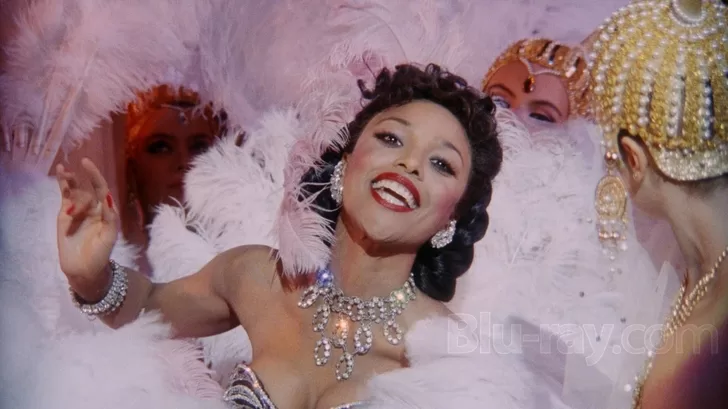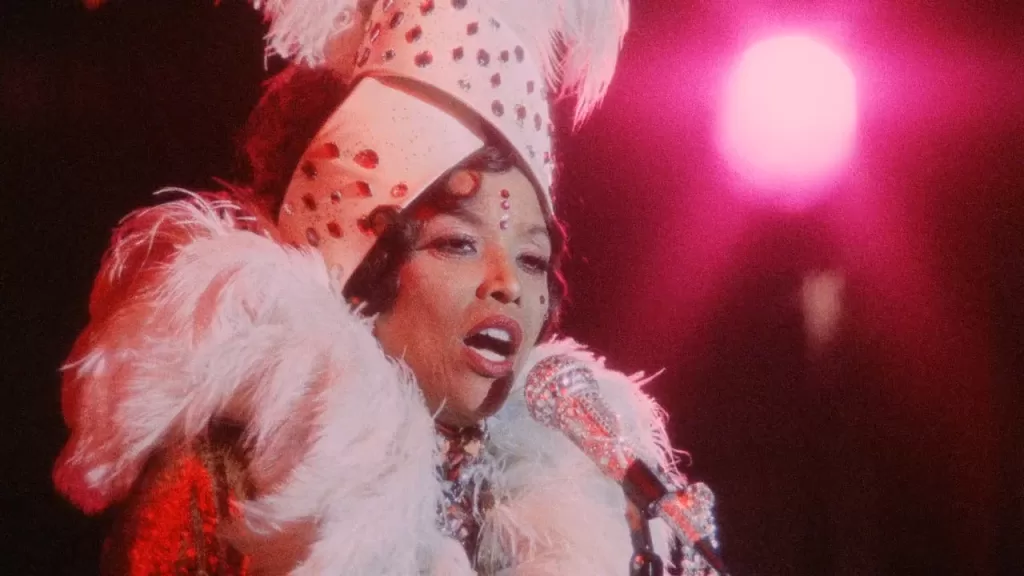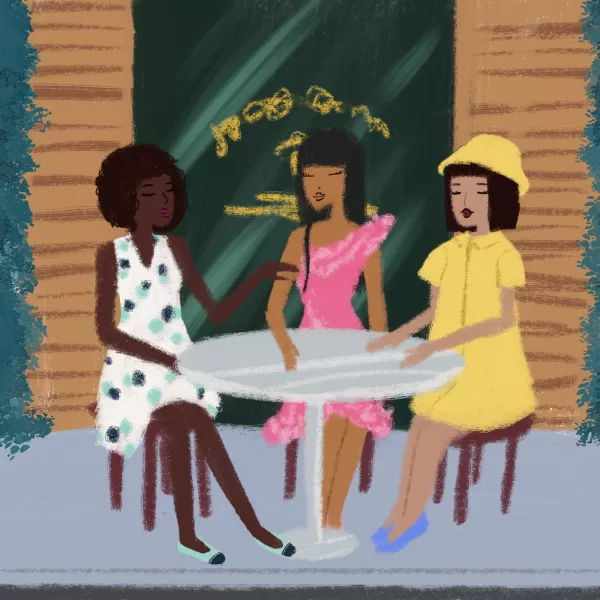Step Into the Scene

She takes the stage barefoot, draped in pearls and banana leaves, her body moving with joy, precision, and defiance. The audience roars white Parisian men in tuxedos, women in furs—but Josephine does not perform for them. Not really. She performs through them, above them, beyond them. She knows the game, and she plays it with a wink that says, You’ll never touch me.
Brian Gibson’s The Josephine Baker Story (1991) is more than a biopic it is a reclamation of narrative, a tribute to a woman who was never allowed to be just one thing. Performer. Provocateur. Spy. Activist. Exile. Icon. Josephine’s life was a constellation of contradictions, and this film doesn’t attempt to tidy them up—it lets her exist in all her complexity.
The glamour is real. But so is the cost.
The Artistry: What Makes This Film Special?

Set across stages, war zones, hotel rooms, and royal banquets, the film doesn’t just trace Josephine’s rise it charts the transformation of a girl into a symbol, and the burden that comes with being watched by the world. Lynn Whitfield’s performance is a revelation. She doesn’t impersonate Josephine; she becomes her. In every step, every laugh, every slow glance at the camera, Whitfield reveals the layers behind the legend.
There is the woman who danced for her life. The woman who longed to be loved. The woman who returned to America only to be reminded of her place. And still still she commanded the room.
The cinematography leans into golden lighting and rich jewel tones, framing Josephine’s life as something mythic. The performances feel like paintings in motion, especially onstage, where every number is choreographed not just for entertainment, but for power. The crowd may see skin and sparkle, but Josephine dances with history behind her eyes.
And when the curtain falls when the music fades the stillness becomes its own kind of truth.
The Cultural Impact: Why This Film Still Resonates

There are very few stories like Josephine’s. A poor Black girl from St. Louis becomes the most famous woman in France. She reinvents herself through movement, through spectacle, through control. She survives by mastering the gaze of others by staying one step ahead of every stereotype, every assumption, every door that was meant to stay shut.
But The Josephine Baker Story doesn’t just celebrate her it mourns her, too. It captures the deep ache of never fully belonging, the pain of being adored abroad and rejected at home, the violence of being exceptional in a world that never made room for you.
Even now, her legacy is often reduced to banana skirts and stage lights. But this film reminds us she was more than a symbol. She was a woman. A daughter. A fighter. A mother to many. A dreamer who refused to be quiet.
Her story isn’t finished it reverberates through every artist who knows what it means to be seen and misunderstood in the same breath.


